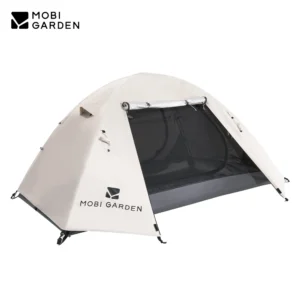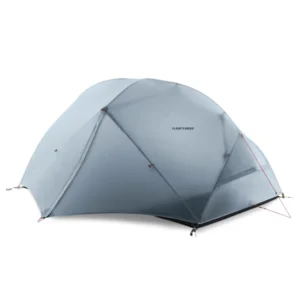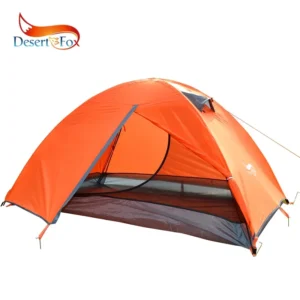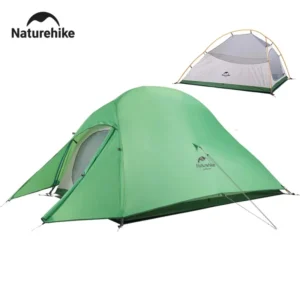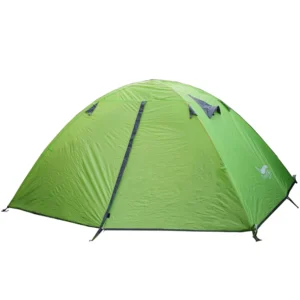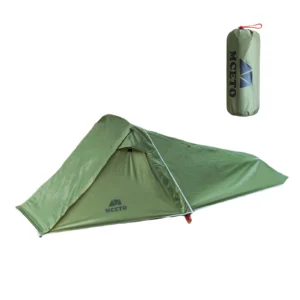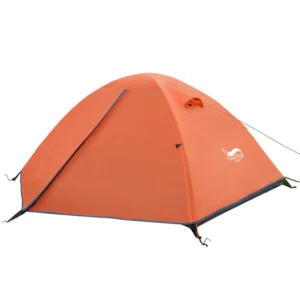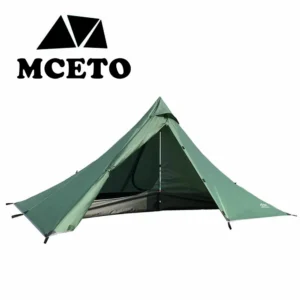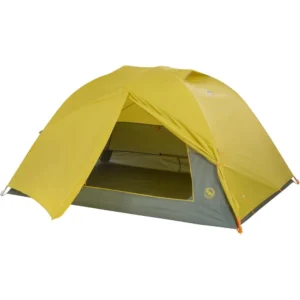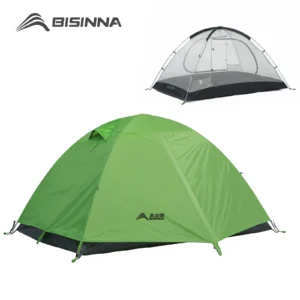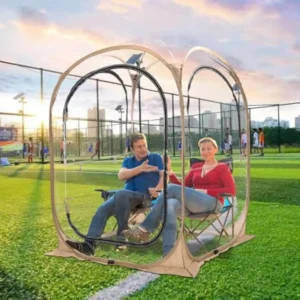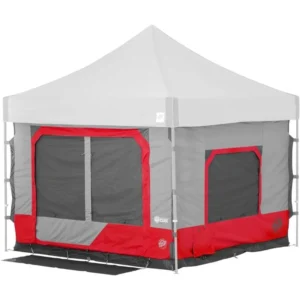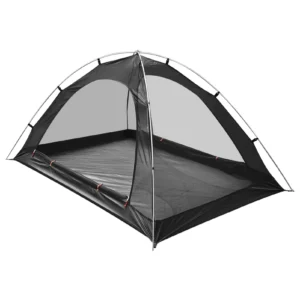Backpacking Tent with Vestibule
Gain extra, protected space with backpacking tents featuring a vestibule. This keeps your gear dry from rain and muddy boots away from your clean sleeping area.
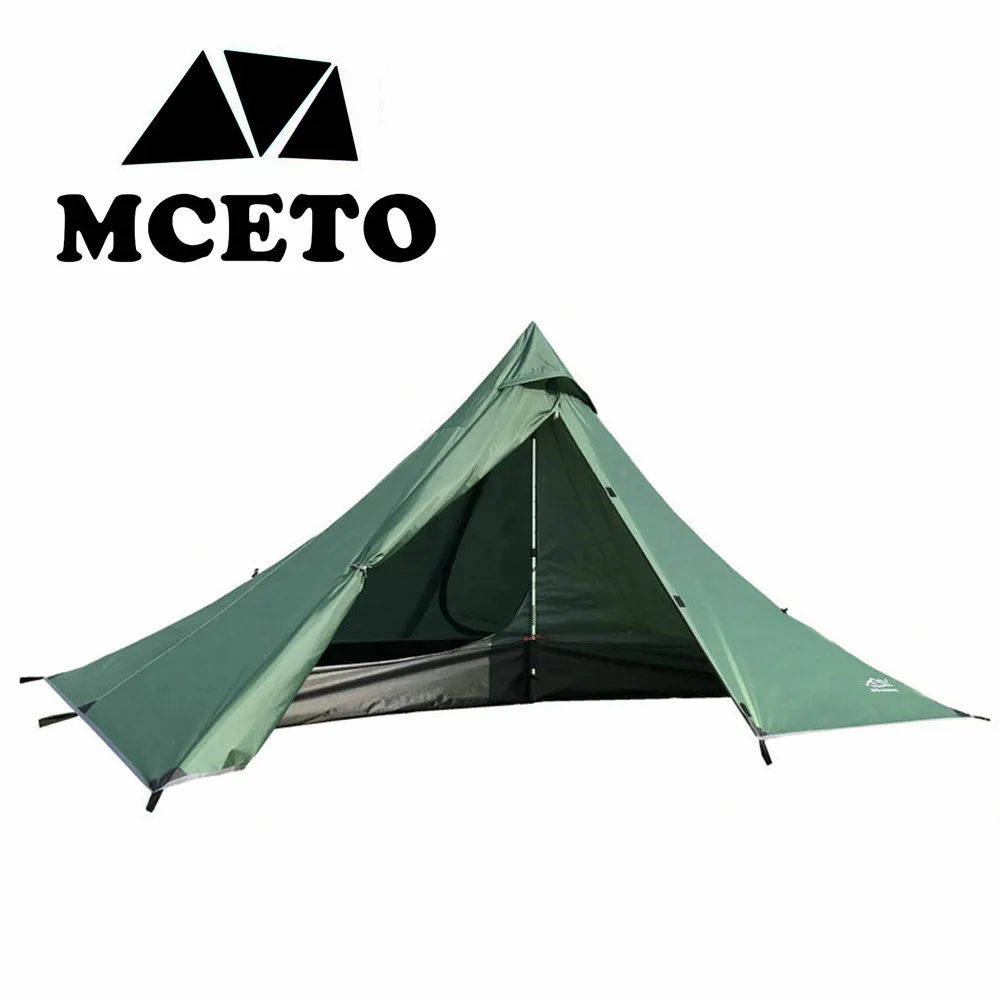
Showing 1–12 of 15 results
Backpacking Tent with Vestibule, Trekking Pole Backpacking Tent, Waterproof Camping Tent
$235.32 Select options This product has multiple variants. The options may be chosen on the product pageBackpacking Tent with Vestibule, Heavy Duty 4 Season Tent, Lightweight Backpacking Tent, Winter Camping Tent
$971.82 Select options This product has multiple variants. The options may be chosen on the product pageBackpacking Tent with Vestibule, Lightweight Backpacking Tent, Trekking Pole Backpacking Tent, Winter Camping Tent
$971.82 Select options This product has multiple variants. The options may be chosen on the product pageBackpacking Tent with Vestibule, Heavy Duty 4 Season Tent, Trekking Pole Backpacking Tent, Winter Camping Tent
Price range: $257.52 through $537.51 Select options This product has multiple variants. The options may be chosen on the product pageBackpacking Tent with Vestibule, Heavy Duty 4 Season Tent, Lightweight Backpacking Tent, Winter Camping Tent
$81.04 Select options This product has multiple variants. The options may be chosen on the product pageBackpacking Tent with Vestibule, Freestanding Backpacking Tent, Lightweight Backpacking Tent, Ultralight Backpacking Tent
Price range: $546.69 through $561.82 Select options This product has multiple variants. The options may be chosen on the product pageBackpacking Tent with Vestibule, Lightweight Backpacking Tent, Waterproof Backpacking Tent, Waterproof Camping Tent
Price range: $217.82 through $338.44 Select options This product has multiple variants. The options may be chosen on the product pageBackpacking Tent with Vestibule, Freestanding Backpacking Tent, Lightweight Backpacking Tent
Price range: $446.89 through $447.22 Select options This product has multiple variants. The options may be chosen on the product pageBackpacking Tent with Vestibule, Dome Camping Tent, Freestanding Backpacking Tent, Lightweight Backpacking Tent
Price range: $263.07 through $343.18 Select options This product has multiple variants. The options may be chosen on the product pageBackpacking Tent with Vestibule, Ultralight Backpacking Tent, Winter Camping Tent
$240.06 Select options This product has multiple variants. The options may be chosen on the product pageBackpacking Tent with Vestibule, Lightweight Backpacking Tent, Ultralight Backpacking Tent, Ultralight Freestanding Tent
$682.75 Select options This product has multiple variants. The options may be chosen on the product pageBackpacking Tent with Vestibule, Lightweight Backpacking Tent, Trekking Pole Backpacking Tent, Waterproof Camping Tent
Price range: $292.23 through $303.84 Select options This product has multiple variants. The options may be chosen on the product page
Showing 1–12 of 15 results
Understanding the Value of Vestibules in Backpacking Tents
A vestibule is that extra covered space attached to your backpacking tent that makes all the difference between a good outdoor experience and a great one. Think of it as your tent’s front porch—a protected transition zone between the wild outdoors and your cozy sleeping area. Vestibules provide essential covered storage for muddy boots, wet raincoats, and backpacks, keeping your sleeping area clean and dry.
When sudden rain hits or morning dew covers everything, a well-designed vestibule keeps your gear protected without taking up precious interior space. At Explore Elements, our field-testing has shown that even modest vestibules can expand usable tent space by 20-30% without adding significant weight. Throughout this guide, we’ll help you understand how different vestibule designs can enhance your backpacking experience and how to choose the perfect configuration for your adventure needs.
Key Features to Consider When Choosing a Backpacking Tent with Vestibule
Vestibule Size and Configuration
The ideal vestibule size depends on your needs—solo backpackers might be satisfied with 5-7 square feet, while partners with more gear might want 10-15 square feet of total vestibule space. Consider whether a single larger vestibule or dual smaller vestibules (one on each side) works better for your style of camping.
Weather Protection
Look for vestibules with steep walls that shed rain efficiently and adequate coverage that prevents splashback during heavy downpours. The best designs extend far enough from the tent body to create effective protection without adding unnecessary weight to your pack weight.
Door Design and Access
Well-designed zipper placements allow you to enter and exit without disturbing gear stored in the vestibule. Some premium models feature two-way zippers that let you create ventilation at the top while keeping the bottom sealed against weather.
Ventilation Systems
Effective vestibule designs incorporate vents or adjustable openings that reduce condensation while maintaining weather protection. This becomes especially important when wet gear is drying in your vestibule overnight.
Top Backpacking Tents with Outstanding Vestibules
The market offers several exceptional backpacking tents with thoughtfully designed vestibule systems. Here are standout models that excel in vestibule functionality:
Trail Master Pro 2P: Features dual vestibules totaling 18 square feet, allowing separate entrances for two campers while maintaining excellent weight-to-space ratio at 4 lbs 2 oz. The asymmetrical design provides extra space on one side for cooking or gear organization. ($$)
Summit Explorer 2: Includes a remarkable front vestibule (9.5 sq ft) with adjustable configurations—it can extend outward for maximum coverage or roll back partially for ventilation while maintaining protection. Particularly popular among 2 person backpacking tents for its versatility. ($$$)
Alpine Guard XL: Features a wrap-around vestibule design that provides 16 square feet of protected space while maintaining excellent stability in high winds. The unique configuration allows access from multiple angles. ($$$$)
LightTrail 2: Offers an innovative pole structure that creates exceptional headroom in both the tent body and vestibule areas, making 7 square feet feel much more usable. Popular with those seeking waterproof backpacking tent options with excellent ventilation. ($$)
Ultralight Options with Functional Vestibules
For weight-conscious backpackers, several tents under 3 pounds still offer impressive vestibule functionality. Modern designs achieve this by using ultralight materials like 10D silnylon or Dyneema Composite Fabric that maintain strength while drastically reducing weight.
The best ultralight trekking pole tent options often use your trekking poles as structural supports, eliminating tent pole weight entirely while creating surprisingly spacious vestibules. Some innovative models feature modular vestibules that can be removed completely for fair-weather trips, giving you flexibility based on conditions.
When evaluating ultralight vestibule designs, focus on the ratio of protected space to added weight—the most efficient designs add only 3-5 ounces per square foot of vestibule coverage.
Maximizing Space: Tents with Extended Vestibule Areas
For those prioritizing livability over absolute weight savings, several tents feature expanded vestibule designs that transform your outdoor experience. Extended vestibules can double as cooking areas during light rain (always with proper ventilation and safety precautions) or serve as comfortable changing rooms during multi-day trips.
The best extended designs offer 12-20 square feet of vestibule space compared to standard designs with 5-8 square feet. Many camping tent vestibule configurations allow for partial deployment—keeping coverage over gear while opening up views and airflow when weather permits.
Look for models with adjustable guylines that let you raise vestibule walls to increase airflow or lower them completely for maximum weather protection as conditions change.
How to Properly Set Up and Utilize Your Tent’s Vestibule
Proper setup maximizes your vestibule’s functionality. Always stake out vestibules with slight tension—too tight risks fabric tears, too loose allows water pooling and wind flapping. For maximum space, pull stakes outward at a 45° angle from the tent body.
Create an organization system within your vestibule—keep frequently used items near the door and dirty/wet items farthest from the entrance. In wet conditions, consider bringing a small packable doormat or piece of foam to create a clean zone for transitioning from boots to socks.
For ventilation, use the vestibule door’s top zipper to create a small opening near the peak, allowing warm, moist air to escape while maintaining protection below. But remember, never cook inside a vestibule without excellent ventilation—carbon monoxide buildup can be deadly.
Understanding Vestibule Materials and Durability
Vestibule durability largely depends on material choice. Silnylon offers good waterproofing (typically 1,200-1,500mm hydrostatic head) at reasonable weight, while silpoly resists stretching when wet, maintaining better tension during rainstorms. Premium winter camping tent options often use heavier materials or reinforced stress points to handle snow loading.
The most durable vestibules feature reinforced staking points and additional seam taping where the vestibule connects to the main tent body. When evaluating waterproofing, remember that vestibules typically require less waterproofing than tent floors because they don’t face the same direct pressure that occurs between your sleeping pad and the ground.
By carefully considering these factors and selecting the right vestibule configuration for your needs, you’ll significantly enhance your backpacking experience with protection, storage, and expanded livability that transforms how you experience the outdoors.

